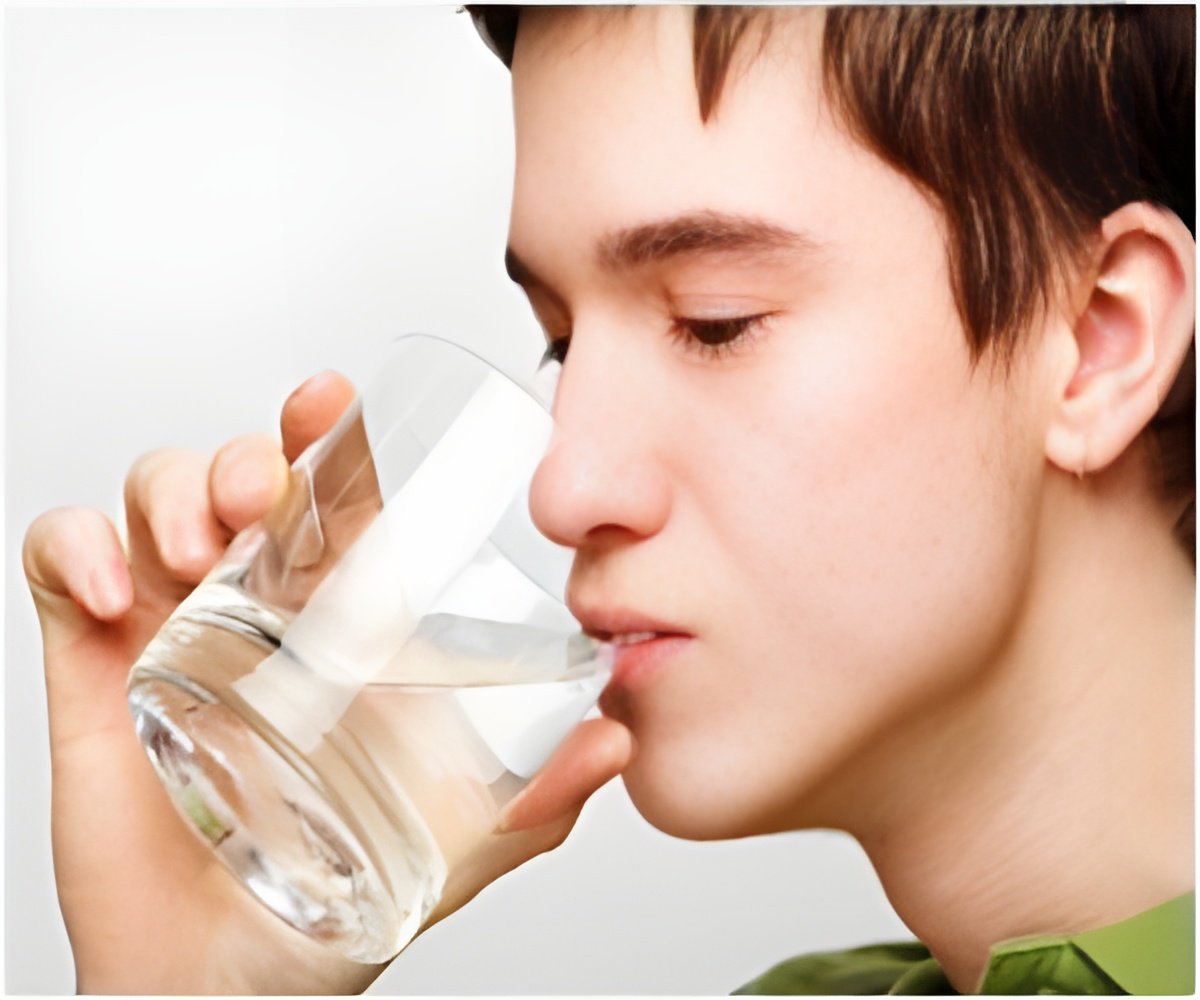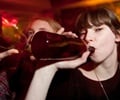A billboard outside the Peruvian capital reads: Drinkable water for anyone who wants some in this arid village.

Within the enormous, raised, double-paneled billboard inviting all takers is concealed a tube, wires and mechanical equipment that draws the water from the air and purifies it.
Inhabitants from far and wide who flock here toting liter bottles and buckets say this purified water is a wonderful alternative to the stagnant well water that used to be the only water source for many in this town.
"The water that we get in our houses very often is dirty. By contrast, here we have good water that we can use and drink without having to worry," Francisco Quilca, 52 told AFP.
His wife Wilma Flores says that it gives her peace of mind, "knowing that the water is disinfected. We can drink it and we can use it to wash our vegetables in," she said.
The United Nations on Friday marked its World Water Day initiative which aims to cut water-borne diseases like cholera, dysentery and diarrhea around the world.
Advertisement
Faced with the ongoing water shortage, some innovators at Peru's University for Engineering and Technology hit upon the novel idea.
Advertisement
Enough water is sucked from the air by this huge contraption located on the edge of a busy highway in Peru to fill a 100-liter tank each day.
The system required a location where the humidity was at least 30 percent -- not a problem in Lima, where the dewpoint sometimes hits an unbearably sticky 98 percent, despite the barren landscape where there is very little evident vegetation and not very much actual rainfall.
The interdisciplinary effort required figuring out not only how to draw moisture from the air on a large enough scale, but how to let people know that the water was available for their consumption.
Engineers on the project have installed five generators to suck moisture out of the air and convert it into liquid. The purification structure is sandwiched between two huge billboards which advertise the availability of the water.
Once they had worked out the mechanics of extracting the moisture from the air, "the university asked us to think up this panel," said Aponte, who is creative director of the Mayo Draft ad agency.
He said the project -- part water generator, part advertising billboard -- has filled a real need here, as "there are many people who have no access to clean water," he told AFP.
"We have seen that this has a huge potential if you get to use it in other areas of Lima, or even other countries that have many water problems," said Aponte, who said he has received overseas queries about the project.
Carlos Cardenas, who works as a driver and travels regularly by the Pan-American Highway that runs along Peru's coast, stops alongside the sign, taking several glasses of water before moving on.
"I often stop here to get water because it is quite good, and not nearly as polluted as it seems to be in other places," he told AFP.










